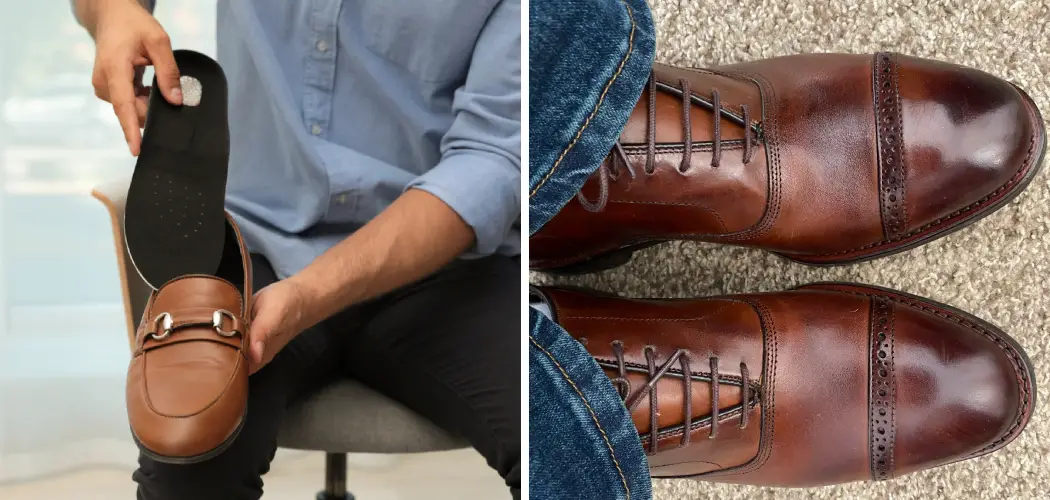Are your shoes giving you a hard time? Are they too wide and don’t fit as snuggly as you’d like? It’s common for people to feel frustrated when their shoes are the wrong size or shape, but it doesn’t have to mean the end of that pair.
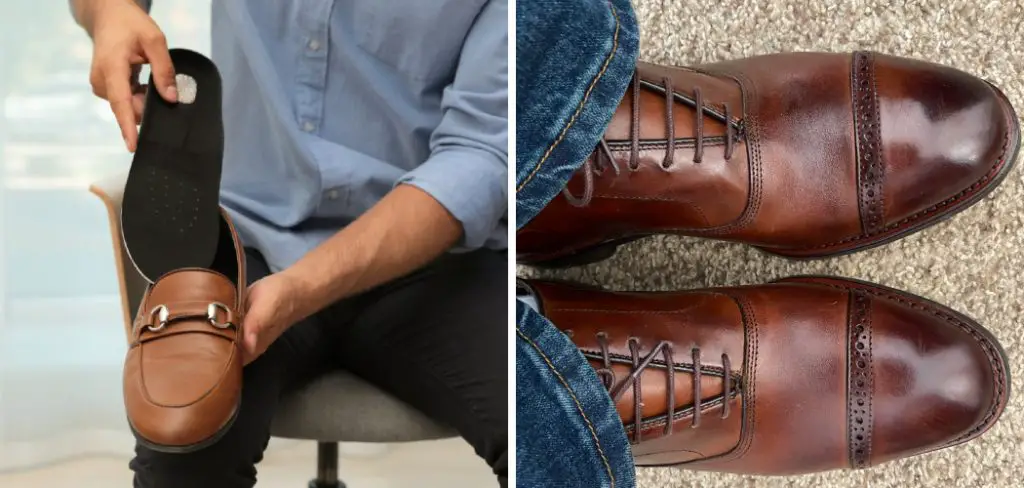
If your shoes are too wide, there are several options available to get them fitted properly. From DIY methods like adding extra socks, inserts, and heel grips, to professional solutions such as shoe stretching services – fixing up your own boots is easier than you may think! Read on for our top tips on how to fix shoes that are too wide.
Summary: When your shoes are too wide, it can lead to discomfort and make you feel unstable while walking. But don’t worry, there are a few simple steps you can take to fix this problem. Firstly, consider adding insoles or orthotics to fill up any extra space. You can also try using foam pads to cushion your feet or using heel grips to prevent your foot from sliding forward.
Why Fixing Wide Shoes Necessary?
Your feet are integral to your health, so when your shoes don’t fit right, you risk hurting yourself. Shoes that are too wide can cause blisters and other injuries. It is important to address the problem as soon as possible, so you can continue wearing your favorite footwear without pain or discomfort. It is also important to keep in mind that each foot can be different sizes, and it’s not always the same shoe size for both feet. Wearing the proper shoe size is key to avoiding injuries.
Needed Tools
Depending on the issue and chosen method, different tools may be required to fix your shoes. These could include:
- Extra socks
- Inserts
- Heel grips
- Shoe stretchers/trees
- Leather conditioner
10 Tips on How to Fix Shoes That Are Too Wide
1. Add Extra Socks
Wear an extra pair of socks or liners to fill the extra space in your shoes. This is an easy and affordable solution that allows you to get additional comfort without having to buy a new pair of shoes.
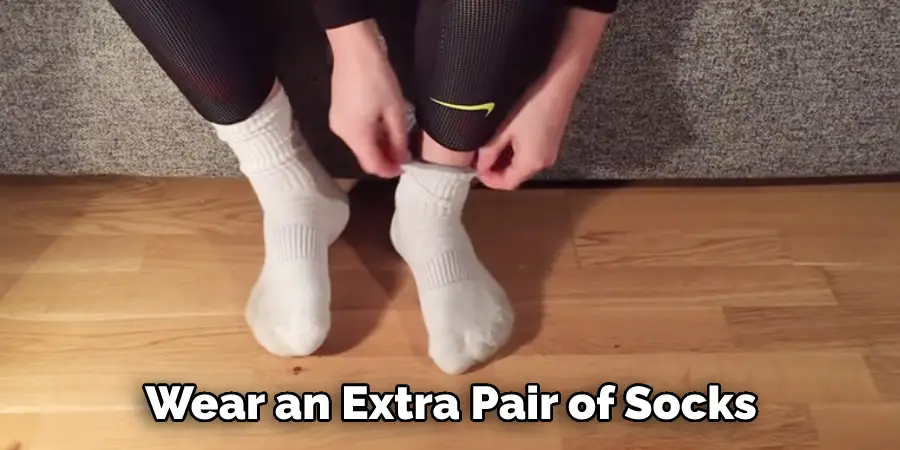
2. Inserts
You can purchase inserts or orthotics to provide added support and cushioning, helping you stay on your feet longer. They also have the benefit of absorbing shock and helping to minimize pain. It will also help fill the extra space in your shoes and make them more comfortable.
3. Heel Grips
Heel grips are an easy-to-use solution to add additional grip to the heel of your shoe, preventing it from slipping off. They can also provide extra cushioning for added comfort. Heel grips can be found in most shoe stores.
4. Shoe Stretchers/Trees
Shoe stretchers and trees are tools designed to stretch the width of shoes, allowing them to conform better to your feet. These products come in various shapes and sizes, so it’s important to find one that fits your particular shoe.
5. Leather Conditioner
Leather conditioners are great for shoes that are too stiff or tight. Applying a leather conditioner to the shoe will soften it up and make it more pliable, allowing it to stretch and conform better to your foot.
6. Have Them Professionally Stretched
If you don’t want to attempt DIY methods, you can always have your shoes professionally stretched at a shoe repair shop. This is a great option for those who don’t feel comfortable doing it themselves or for more intricate issues.
7. Use Shoe Horns
Using a shoe horn when putting on your shoes will help you get them on easier and help minimize the risk of blisters. The horns also help keep the shape of your shoes, which will prevent them from stretching out over time.
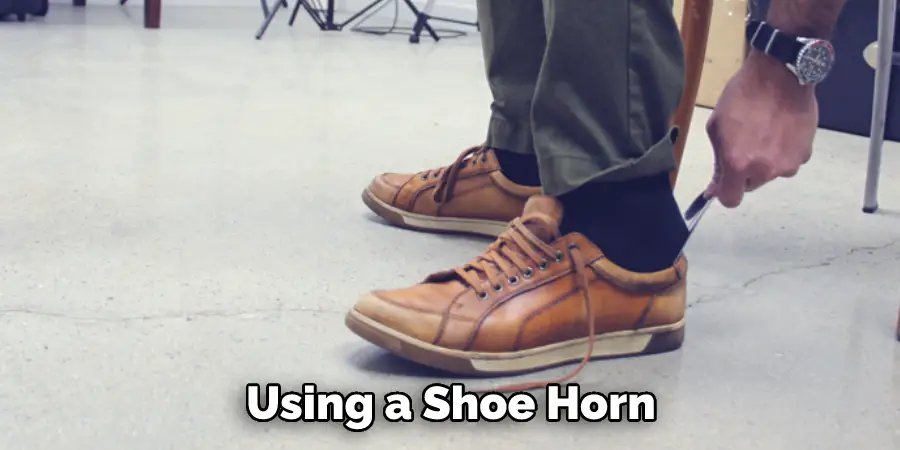
8. Adjust the Laces
Tightening your laces can help reduce the amount of space in your shoes, making them fit better. Make sure to tie them tightly but not too tight so that it causes discomfort or pain. The less space you have in your shoes, the better they will fit.
9. Wear Thicker Socks
Wearing thicker socks or multiple pairs of thinner socks can help fill the extra space and provide additional cushioning. The socket should be snug but not too tight. Thicker socks also provide additional insulation, which can be helpful in colder weather.
10. Buy the Right Size
Finally, make sure you are wearing the right size shoe for your foot. Measure both feet and buy shoes that are slightly larger than what is required if there’s extra space in them. This will help ensure a more comfortable fit and reduce the risk of injury.
With these tips, you’ll be able to fix shoes that are too wide and get back on the go with comfortable footwear.
7 Tips to Avoid Buying Wide Shoes
- Measure your feet. You should measure the length and width of your feet before buying any shoes to ensure a comfortable fit. The right fit will prevent slipping and rubbing, as well as blisters.
- Try on shoes with socks or stockings. The material of your socks can make a difference in the fit, so it’s important to try shoes on with the same kind of socks that you plan to wear with them. The materials on the sock or stocking can help create a tighter fit and make the shoe more comfortable.
- Look for shoes with adjustable straps. Shoes that feature adjustable straps such as laces, Velcro, buckles, and elastic are great options if you want to customize the width of your shoes easily. They also provide extra support and stability.
- Try on the same size but in different styles. Different shoe styles can fit differently, so it’s a good idea to try on several shoes of the same size before buying one. It’s also important to test walking around in them and see how they fit before making a purchase.
- Look for shoes with a supportive insole. The right insole can help provide extra arch support and cushioning that can make the shoe fit better. Look for shoes with removable insoles so you can replace them if necessary.
- 6. Try using padding or insoles to reduce wide areas on your feet. If you find that a certain area of your foot is too wide for the shoe, you can try using padding or insoles to fill in the gap and make the shoes fit better.
- 7. Consider a professional fitting. If none of these tips have worked, it may be time to consult with a professional shoe fitter who can help you find the perfect pair of shoes that fit your feet perfectly. A professional fitting can also help you figure out what type of shoe is best for your foot type. With the right style and fit, you can avoid buying wide shoes in the future.
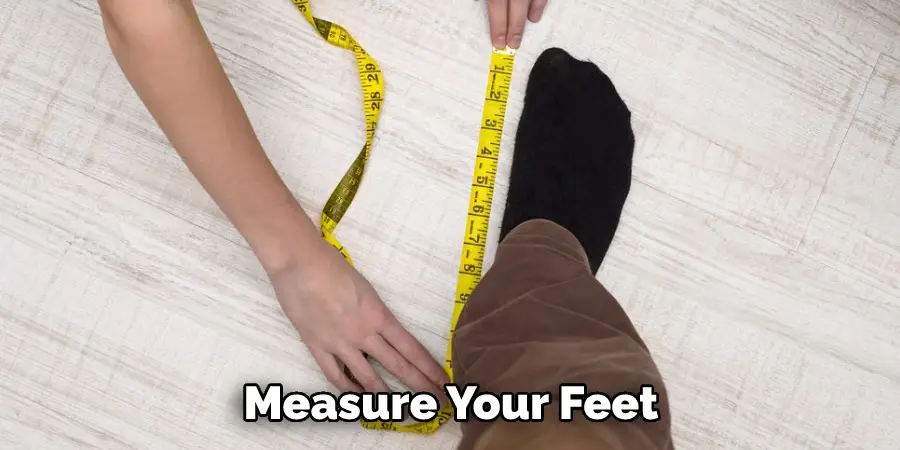
Frequently Asked Questions
Can Wide Leather Shoes Be Narrowed?
Yes, leather shoes can be narrowed by stretching them with a shoe stretcher or having them professionally altered. It’s important to note that the process may not always be successful, and it’s best to consult with a professional before trying this method. Following the tips above can help you avoid having to narrow your shoes in the future. Just remember to be mindful of the fit and buy shoes that are comfortable to wear.
Can Shoes Become Too Narrow With Age?
Yes, it’s possible for shoes to become too narrow with age. This can happen if the material of the shoe gets thinner or if the shape changes due to wear and tear. To avoid this, be sure to buy shoes that fit properly and take good care of them to keep them in the best condition. Shoes should also be replaced periodically to ensure comfort and proper fit.
Can Wide Shoes Hurt Your Feet?
Yes, wide shoes can cause pain if they don’t fit properly. Shoes that are too wide can cause slipping, rubbing, and blisters, so it’s important to make sure you buy the right size for your feet. If your shoes are still uncomfortable after trying all of the tips above, it may be time to consult with a professional for a proper fitting. The right fit will help ensure your feet stay comfortable and healthy.
Additionally, it’s important to keep your feet healthy by practicing proper foot hygiene and seeking medical attention if you experience any persistent pain or discomfort. Wearing the right shoes is a crucial part of caring for your feet and keeping them in good condition. With these tips, you can avoid buying wide shoes and make sure you have the perfect fit for your feet.
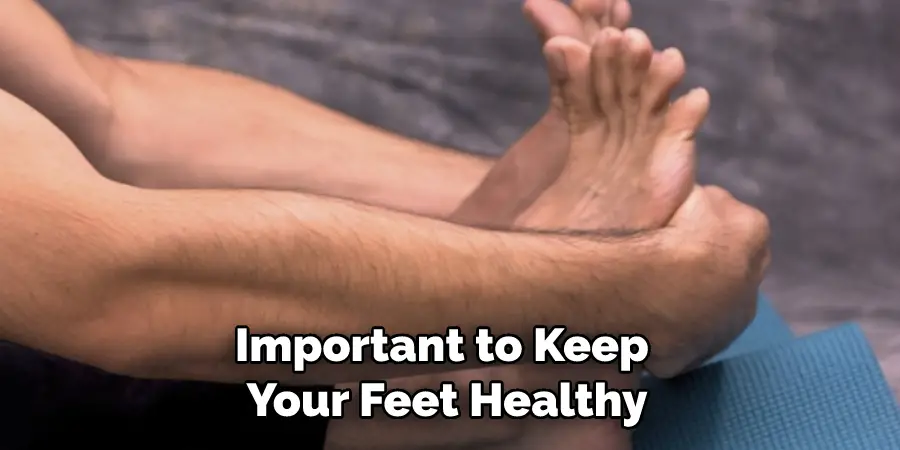
Conclusion
All in all, having shoes that are too wide can be an unbelievably inconvenient problem. However, with the right know-how, it’s actually really simple to fix this issue! From using extra insoles or tissue paper to stretching them out and even buying a new pair of shoe inserts, these tips are sure to help tighten loose shoes and make the process of finding the perfect fit a lot simpler!
Additionally, you should make sure to regularly check your footwear for any signs of wear and tear — if your shoes show any clear signs of damage like this, then it’s best to just invest in a new pair for added comfort. At the end of the day,

